Water damage is one of the most stressful issues a homeowner can face. Whether it’s a slow leak, a burst pipe, or flooding from a storm, water damage can lead to serious structural issues and mold growth if not addressed promptly. At Florida Gulf Mitigation, we specialize in helping homeowners assess, repair, and prevent water damage. If you’ve noticed signs of water damage in your home, here’s what you should do to protect your property and your family.
1. Identify the Source of the Water Damage
Before taking any action, it’s important to determine where the water is coming from. Water damage can result from a variety of sources, including:
- Leaking or burst pipes
- Roof leaks
- Foundation cracks
- Appliance malfunctions (dishwashers, washing machines, water heaters)
- HVAC system leaks
- Flooding from storms or heavy rains
If the source is an active leak, shut off the water supply immediately to prevent further damage.
2. Ensure Safety First
Water damage can create hazardous conditions, so take precautions before attempting cleanup. Be mindful of:
- Electrical Hazards: If there is standing water near electrical outlets or appliances, turn off the electricity in the affected area before proceeding.
- Contaminated Water: If the water damage is caused by sewage backup or floodwater, avoid direct contact and seek professional help.
- Structural Weakness: Water can weaken floors, ceilings, and walls. Be cautious when walking through affected areas to avoid injuries.
3. Call us at Florida Gulf Mitigation for Professional Water Damage Restoration
While minor water damage may be manageable on your own, significant damage requires expert attention. Florida Gulf Mitigation offers comprehensive water damage restoration services, including:
- Water extraction and drying
- Mold remediation
- Insurance claim assistance
Our trained professionals use advanced equipment to detect hidden moisture, prevent mold growth, and restore your home to its pre-damage condition.
4. Document the Damage for Insurance Claims
Whether or not you initially plan to file a claim with your homeowner’s insurance, documentation is crucial. Take clear photos and videos of all damaged areas and belongings before beginning any cleanup or repairs. Keep records of any expenses related to the damage, including temporary repairs and mitigation services.
5. Check for Mold Growth
Mold can begin to grow within 24-48 hours of water exposure. Look for signs such as discoloration, musty odors, and visible mold patches. If you suspect mold is present, it’s best to call in professionals like Florida Gulf Mitigation to safely remove it and prevent future growth.
6. Take Preventative Measures for the Future
Once your home is restored, take steps to prevent future water damage:
- Regularly inspect pipes, appliances, and roofing for leaks or wear.
- Keep gutters clean and ensure proper drainage away from your home.
- Install a sump pump or backflow valve if you live in a flood-prone area.
- Consider water leak detection systems for early warnings.
Final Thoughts
Water damage can be overwhelming, but acting quickly and efficiently can minimize the impact on your home. If you find yourself facing water damage, trust the experts at Florida Gulf Mitigation to guide you through the restoration process. Our team is dedicated to helping homeowners restore their properties and prevent future water-related disasters.
If you need immediate assistance, contact Florida Gulf Mitigation today for a professional assessment and expert water damage restoration services.

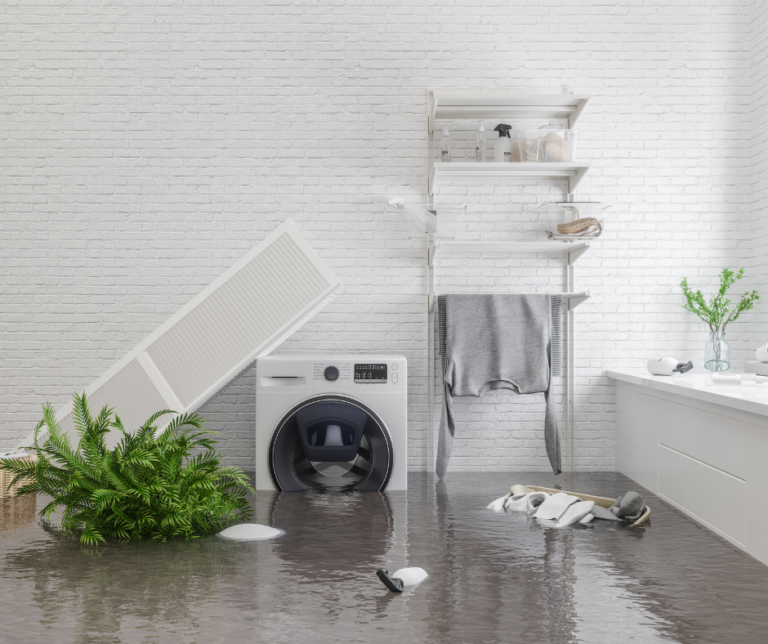
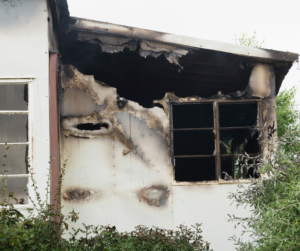
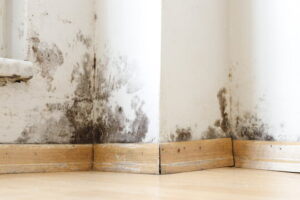
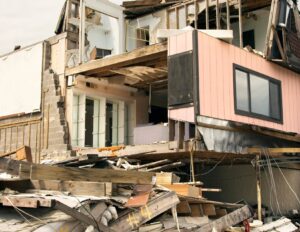
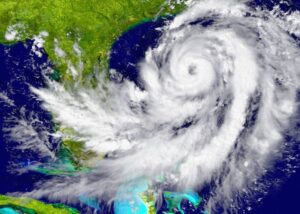

Give us a follow!